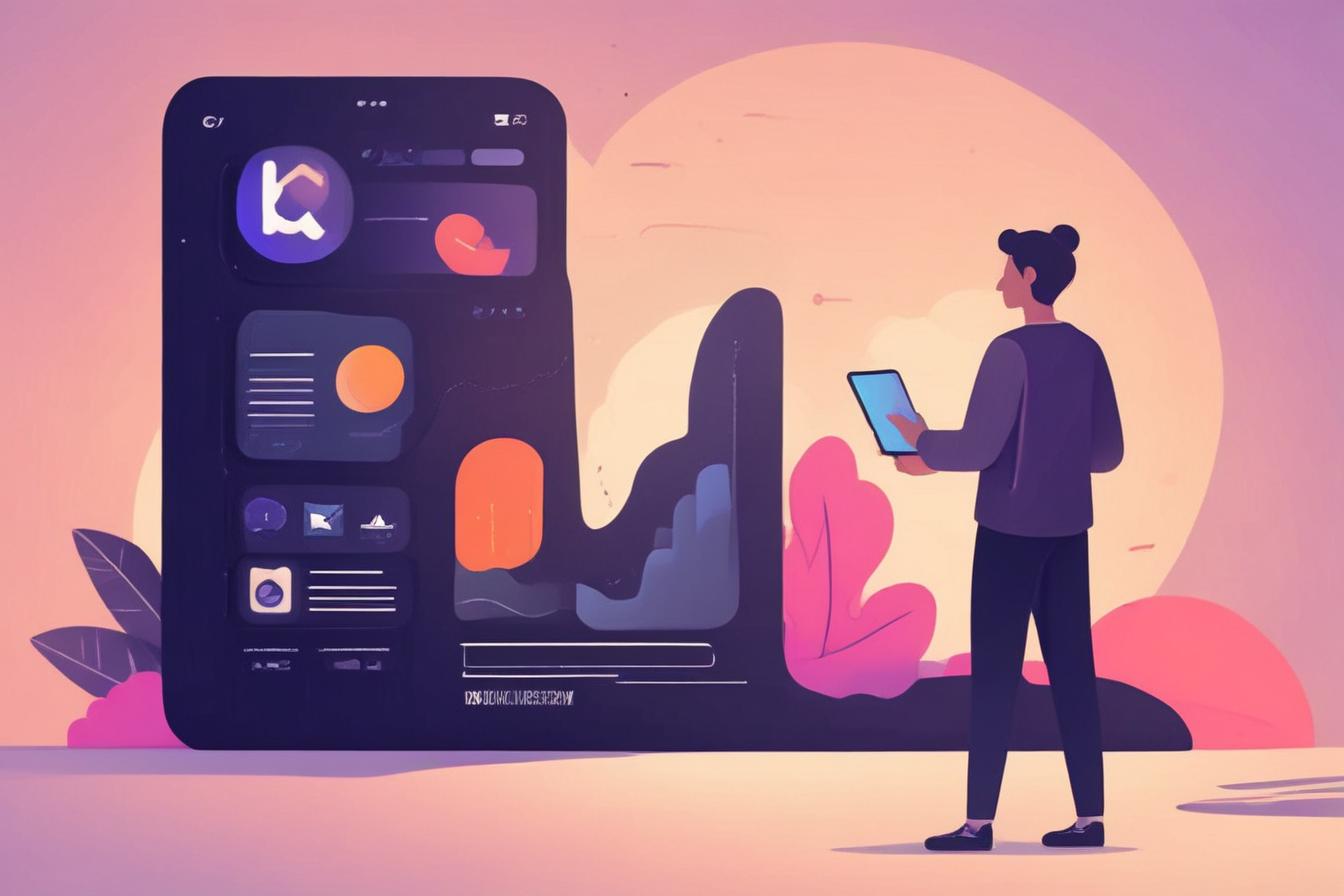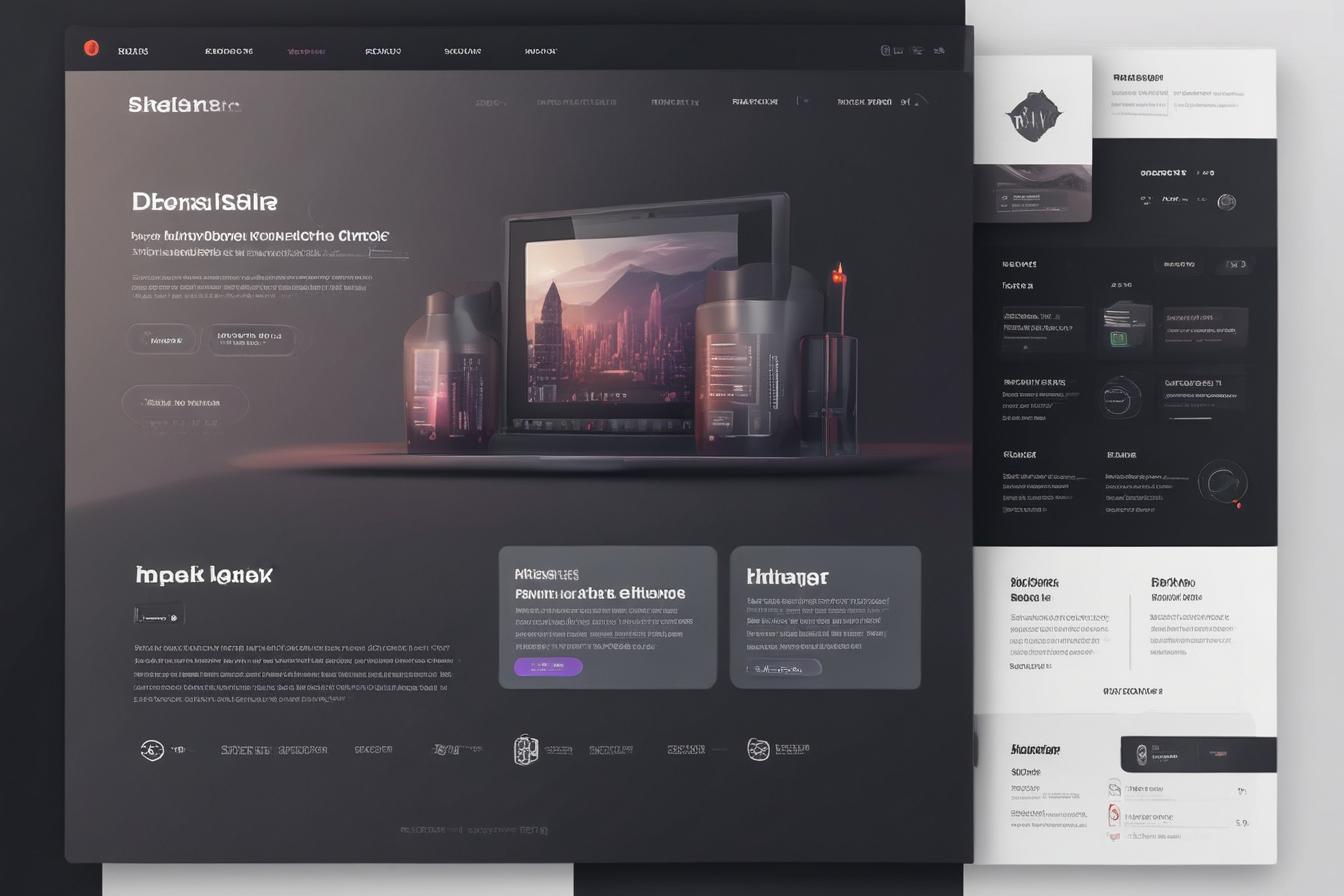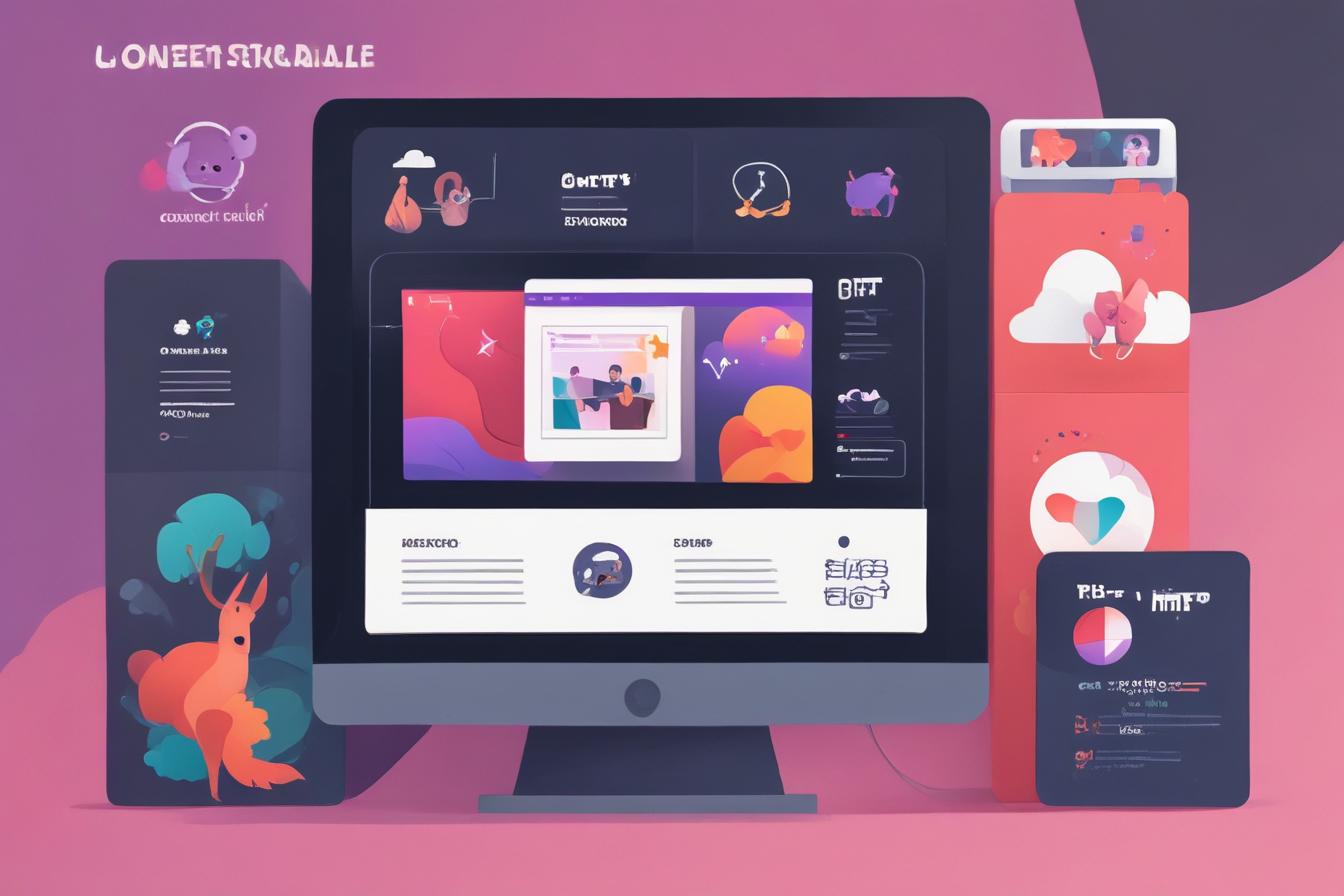What is Dark Mode Content?
As the digital world continues to evolve, so do the preferences and needs of users. One such trend that has gained significant traction in recent years is dark mode content. This design approach, which emphasizes darker color schemes and reduced brightness, offers a visually striking and potentially more comfortable user experience, particularly in low-light environments or for individuals with light sensitivity.
The Rise of Dark Mode
The concept of dark mode can be traced back to the early days of computing when monochrome displays and command-line interfaces were the norm. However, it wasn’t until the advent of modern operating systems and mobile devices that dark mode truly gained popularity. Tech giants like Apple, Google, and Microsoft recognized the growing demand for this feature and integrated it into their respective platforms, paving the way for a widespread adoption of dark mode across various applications and websites.
Beyond Aesthetics
While the sleek and stylish appearance of dark mode content is undoubtedly appealing, its benefits extend far beyond mere aesthetics. By reducing the overall brightness and employing darker color schemes, dark mode can potentially alleviate eye strain, minimize distractions, and even improve battery life on certain devices.
Benefits of Dark Mode Design
The advantages of embracing dark mode content are multifaceted, catering to both user preferences and practical considerations. Here are some of the key benefits:
Reduced Eye Strain
One of the primary advantages of dark mode content is its ability to reduce eye strain, particularly in low-light environments or during prolonged screen usage. The lower brightness levels and darker color palette put less strain on the eyes, potentially minimizing fatigue and discomfort.
Improved Battery Life
On devices with OLED or AMOLED displays, dark mode content can significantly improve battery life. These displays consume less power when displaying darker colors, as individual pixels can be turned off completely for black areas. This power-saving feature can be particularly beneficial for mobile devices, extending their usage time between charges.
Enhanced Readability
In certain scenarios, such as reading at night or in dimly lit environments, dark mode content can offer improved readability. The contrast between the darker background and lighter text can make it easier for the eyes to focus on the content, reducing strain and potentially improving comprehension.
Accessibility and Dark Mode
Beyond its aesthetic and practical benefits, dark mode content also plays a crucial role in enhancing accessibility for users with specific needs or preferences.
Light Sensitivity
For individuals with light sensitivity conditions, such as migraines or photophobia, dark mode content can provide a more comfortable browsing experience. The reduced brightness and lower overall luminance can help mitigate the triggering effects of bright screens, making it easier for these users to access digital content without discomfort.
Color Blindness
Dark mode content can also be advantageous for individuals with certain types of color blindness. By relying on higher contrast between text and background, dark mode designs can improve legibility and comprehension for users who may struggle with specific color combinations.
Dark Mode and Branding
As dark mode content gains widespread adoption, it presents unique opportunities for businesses and brands to leverage this design trend for branding purposes.
Brand Differentiation
By incorporating dark mode design elements into their websites, mobile apps, or digital products, brands can create a distinctive and memorable visual identity. This can help them stand out in a crowded digital landscape and enhance brand recognition among their target audience.
Consistent Brand Experience
For companies with a strong brand identity and visual language, dark mode content can facilitate a consistent brand experience across various digital touchpoints. By aligning their dark mode design with their overall branding guidelines, businesses can ensure a cohesive and recognizable presence, regardless of the platform or device used.
Tools for Dark Mode Content Creation
As the demand for dark mode content continues to grow, various tools and resources have emerged to aid in the design and development process.
Design Tools
Popular design tools like Adobe Creative Cloud, Sketch, and Figma have incorporated dark mode support, allowing designers to create and preview their designs with different color schemes. These tools often provide built-in libraries and templates specifically tailored for dark mode content, streamlining the design process.
Development Resources
For web developers and programmers, frameworks and libraries like Bootstrap, Material Design, and Tailwind CSS offer built-in support for dark mode styling. These resources provide pre-built components, color schemes, and utilities that can be easily implemented, saving time and ensuring consistent dark mode experiences across different platforms.
AI-powered Content Generation
To create high-quality, SEO-optimized dark mode content efficiently, you can leverage AI-powered tools like [[ContentScale.fr]]. This online platform uses advanced AI algorithms to generate SEO-optimized articles at scale, saving you significant time and money compared to hiring an SEO agency or a content writer. With ContentScale.fr, you can go faster than your competitors while ensuring your dark mode content is optimized for search engines and user engagement.
Dark Mode Content Best Practices
While the adoption of dark mode content offers numerous benefits, it is essential to follow best practices to ensure an optimal user experience and effective implementation.
Color Contrast
Proper color contrast is crucial for legibility and accessibility. Dark mode designs should prioritize high contrast between text and background colors, ensuring that content remains readable and clear. Additionally, it’s essential to consider color blindness and ensure that color combinations are distinguishable for all users.
Consistent Design
Consistency is key when it comes to dark mode content design. Maintain a cohesive visual language throughout your digital platforms, ensuring a seamless transition between light and dark modes. Inconsistencies can lead to confusion and a disjointed user experience.
Customization Options
While dark mode content caters to specific user preferences, it’s essential to provide customization options. Allow users to toggle between light and dark modes seamlessly, ensuring that they can choose the experience that best suits their needs and preferences.
Performance Optimization
Darker color schemes and reduced brightness can potentially improve performance, particularly on mobile devices with OLED or AMOLED displays. However, it’s important to optimize your dark mode content for performance, considering factors such as image and asset compression, efficient rendering, and code optimization.
Accessibility Testing
To ensure that your dark mode content is truly accessible, it’s crucial to conduct thorough testing with users who have varying needs and preferences. This can help identify potential issues, such as insufficient color contrast, and allow you to make necessary adjustments to improve the overall user experience.
In conclusion, dark mode content design is more than just a trending aesthetic choice; it represents a thoughtful and inclusive approach to digital content creation. By embracing dark mode, businesses and content creators can cater to diverse user preferences, enhance accessibility, and create a visually striking and memorable brand experience. As this trend continues to gain momentum, staying up-to-date with best practices and leveraging the latest tools and resources will be essential for delivering seamless and engaging dark mode content.
Ready to take your content to the next level? Try [[ContentScale.fr]] today and experience the power of AI-generated, SEO-optimized dark mode content that will help you outshine your competitors!
Image placeholders:





